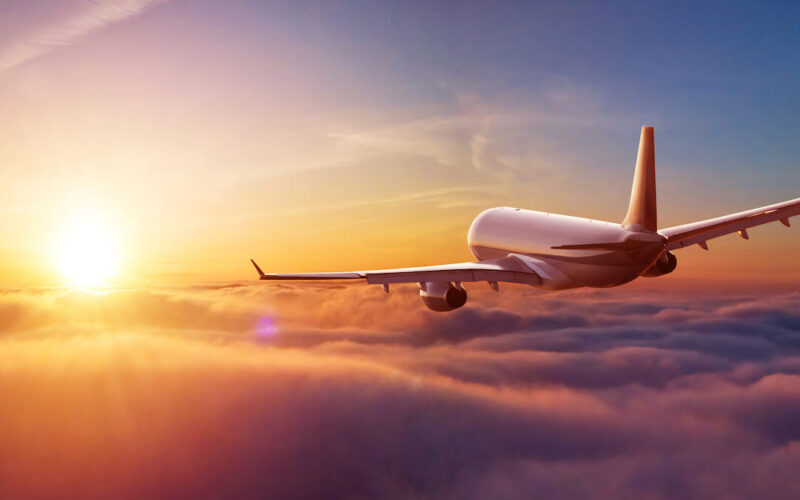Now that travel numbers are slowly returning to pre-COVID-19 levels and countries are gradually easing travel restrictions, it’s time to see which airlines are the safest to fly in 2022.
Airline safety and product review website AirlineRatings.com has created its annual list of the world’s safest airlines with Air New Zealand coming out on top.
In its deliberation, AirlineRatings had the following consideration in choosing the safest airline for the year: airline’s crash over five years and serious incident record over two years, audits from aviation’s governing and industry bodies, government audits, industry-leading safety initiatives, fleet age, and COVID-19 safety protocols.
“Air New Zealand is a stand-out airline with a firm focus on safety and its customers and over the past 18 months, COVID-19 has brought another new dimension to the challenges the industry faces,” Airlineratings.com Editor-in-Chief Geoffrey Thomas said.
“Air New Zealand has excelled across the broad safety spectrum never losing sight of the smallest detail while caring for its flight crews who have worked under significant stress.”
In selecting Air New Zealand as the world’s safest airline for 2022, AirlineRatings noted that the carrier operates in some of the most challenging weather conditions and remote environments. Air New Zealand is also leading the way with technical innovation and has a very young fleet with an average age of just 6.8 years.
“Air New Zealand is very humbled to receive this recognition, particularly given the high safety standards the airline industry holds itself to. We’re in good company and a big congratulations to all airlines on the list,” Air New Zealand’s chief executive Greg Foran said.
“The Air New Zealand promise is to take manaaki (care) further. To do that we have to take our approach to safety further. For us, it’s not about safety first – it’s about safety always. We want everyone to go home safely every day.”
Qantas lost its number one spot from last year due to a 2018 Perth incident where a QF Boeing 737 aircraft almost collided with another 737 on its takeoff. According to AirlineRatings: “The report into that complex and serious incident was not issued till late 2020, and too late to be included in our 2021 safety rankings.” The Australian flag carrier is now seventh on the safest airline list for 2022.
AirlineRatings.com’s safest airlines for 2022:
Air New Zealand
Etihad Airways
Qatar Airways
Singapore Airlines (SIA1) (SINGY)
TAP Air Portugal
SAS
Qantas
Alaska Airlines
EVA Air
Virgin Australia/Atlantic
Cathay Pacific Airways
Hawaiian Airlines
American Airlines (A1G) (AAL)
Lufthansa (LHAB) (LHA)/Swiss Group
Finnair
Air France/KLM Group
British Airways
Delta Air Lines
United Airlines
Emirates
Meanwhile, Hamburg-based Jet Airliner Crash Data Evaluation Centre (JACDEC), an aviation safety information site, has also come up with its own list of safest airlines for 2022.
The group’s assessment is based on the airline’s accident history over the past 30 years, the country-specific environment in which it operates, and the airlines’ specific risk factors. The list is also based on passenger-kilometres, so it has been limited to airlines that operated through the pandemic period.
For 2022, Emirates Airlines was named the world’s safest airline for the second year in a row by JacDec, with a risk rating of 95%.
The Middle Eastern airline came out on top in a study of 25 airlines. KLM has been named the second safest airline with 93.31 per cent.
The American airlines JetBlue (JBLU) and Delta Air Lines were ranked third and fourth, respectively, while easyJet was ranked fifth.
JACDEC also evaluated the world’s largest airlines within one of four regions for the very first time. On a regional level, UAE’s Etihad Airways topped the list.
In Europe, KLM, Finnair, Air Europa, Transavia, easyJet and Norwegian were rated the safest airlines of the continent.
Jan-Arwed Richter, founder of Jacdec, said that the regional categories were created due to the changed size ratios, which shifted in favor of many airlines with strong domestic markets such as China and the US.

